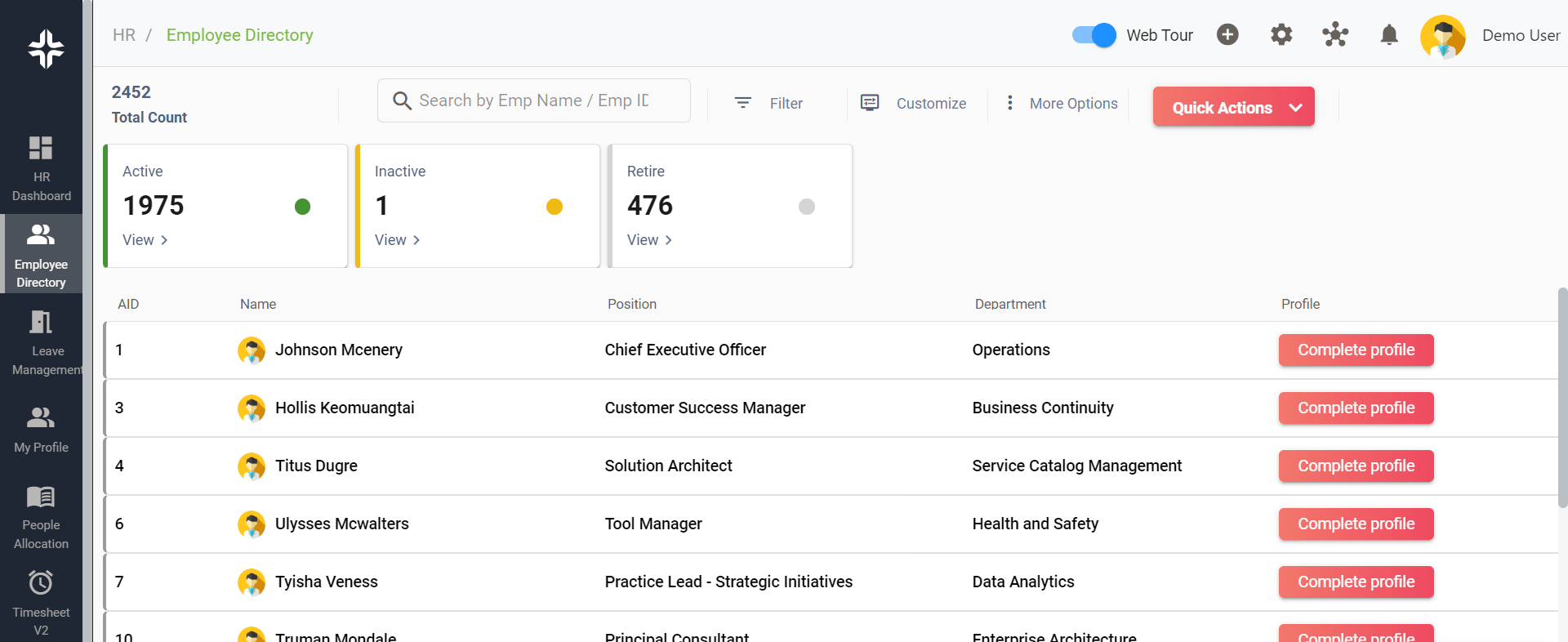
What is Employee Satisfaction?
Employee satisfaction refers to the contentment and positive feelings employees have towards their job and workplace. It’s a measure of how happy and fulfilled employees are with various aspects of their work, including their roles, relationships, environment, and compensation.
In the context of Professional Service Automation (PSA), employee satisfaction can be influenced by the tools and processes in place to help professionals manage and automate their tasks.
Importance of Employee Satisfaction
A satisfied employee is not just a happy individual but also a productive asset to the organization. Here’s why employee satisfaction is crucial:
1. Retention and Recruitment: Satisfied employees are more likely to stay with the company, reducing turnover costs. Moreover, a company known for high employee satisfaction can attract top talent.
2. Increased Productivity: Employees are more motivated, leading to higher productivity and better outcomes.
3. Enhanced Company Reputation: High employee satisfaction can bolster a company’s reputation, making it easier to win deals and establish trust in the market.
4. Improved Client Relationships: Satisfied employees often lead to satisfied customers. When employees are content, they provide better services, enhancing client relationships.

Importance of Employee Satisfaction
Calculating Employee Satisfaction
One common method to measure employee satisfaction is through surveys. The Employee Satisfaction Index (ESI) is a popular metric:
Formula:
ESI = (Number of positive responses/Total number of responses) x 100
Example:
If out of 100 responses, 80 are positive, the ESI would be:
ESI=(80/100)x100=80
Regularly measuring ESI and comparing it against benchmarks or past scores can provide insights into the effectiveness of HR management strategies.
Employee Satisfaction vs Employee Engagement
While both crucial, there’s a distinction between employee satisfaction and engagement:
1. Employee Satisfaction: Focuses on the employee’s happiness with their current job situation. It doesn’t necessarily mean they’re working at their optimal productivity.
2. Employee Engagement: Refers to the employee’s emotional commitment and involvement in their work and the company’s success. An engaged employee is not just satisfied but is also enthusiastic about their work and goes the extra mile.
| Aspect | Employee Satisfaction | Employee Engagement |
|---|---|---|
| Definition | Employee satisfaction measures how content or happy employees are with their job, work conditions, and overall experience at the workplace. | Employee engagement refers to the level of commitment, enthusiasm, and involvement employees have towards their work and the organization. |
| Focus | Focuses on how employees feel about their work, including their pay, benefits, work-life balance, and the overall workplace environment. | Focuses on how emotionally connected and motivated employees are in their roles, and their willingness to go the extra mile to contribute to the organization’s goals. |
| Metrics | Metrics may include surveys, feedback, turnover rates, and job-specific satisfaction indicators. | Metrics may include surveys, participation in training, performance on the job, and the willingness to take on additional responsibilities. |
| Impact on PSA | High employee satisfaction may lead to a positive work environment, but it doesn’t necessarily ensure high engagement in using PSA tools effectively. | High employee engagement can drive the effective adoption and use of PSA tools, leading to better results in project management, client interactions, and overall productivity. |
How Employee Satisfaction is Used in Organizations?
Organizations use employee satisfaction metrics to:
1. Inform HR Policies: Understanding what keeps employees satisfied helps HR craft policies that cater to their needs, from resource management to financial incentives.
2. Training and Development: Satisfaction scores can highlight areas where employees feel they lack skills or knowledge, guiding training initiatives.
3. Strategic Planning: For higher management, understanding employee satisfaction can inform strategic decisions, from project allocation to deal management.
Ready to Optimize Your Employee Satisfaction?
KEBS, a leading PSA software, plays a pivotal role in enhancing employee satisfaction. With tools like Gantt charts and timesheets, employees can manage their tasks efficiently, leading to reduced stress and increased satisfaction.
With insights from KEBS Employee 360, employees can understand their performance metrics and areas of improvement, aiding their professional growth.

KEBS Employee Directory
Ready to optimize your organization’s employee satisfaction? Contact us today or request a demo to see KEBS in action.



